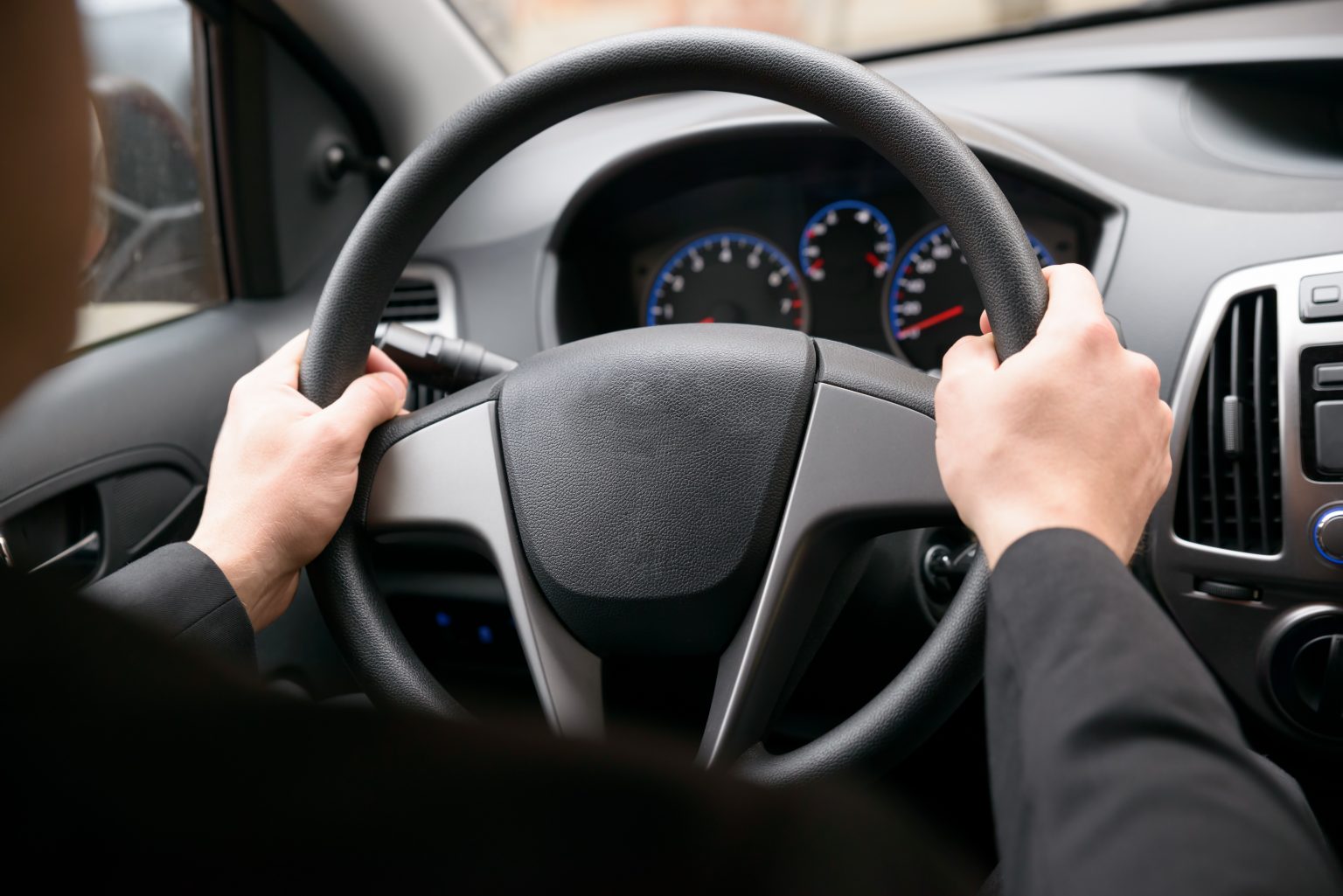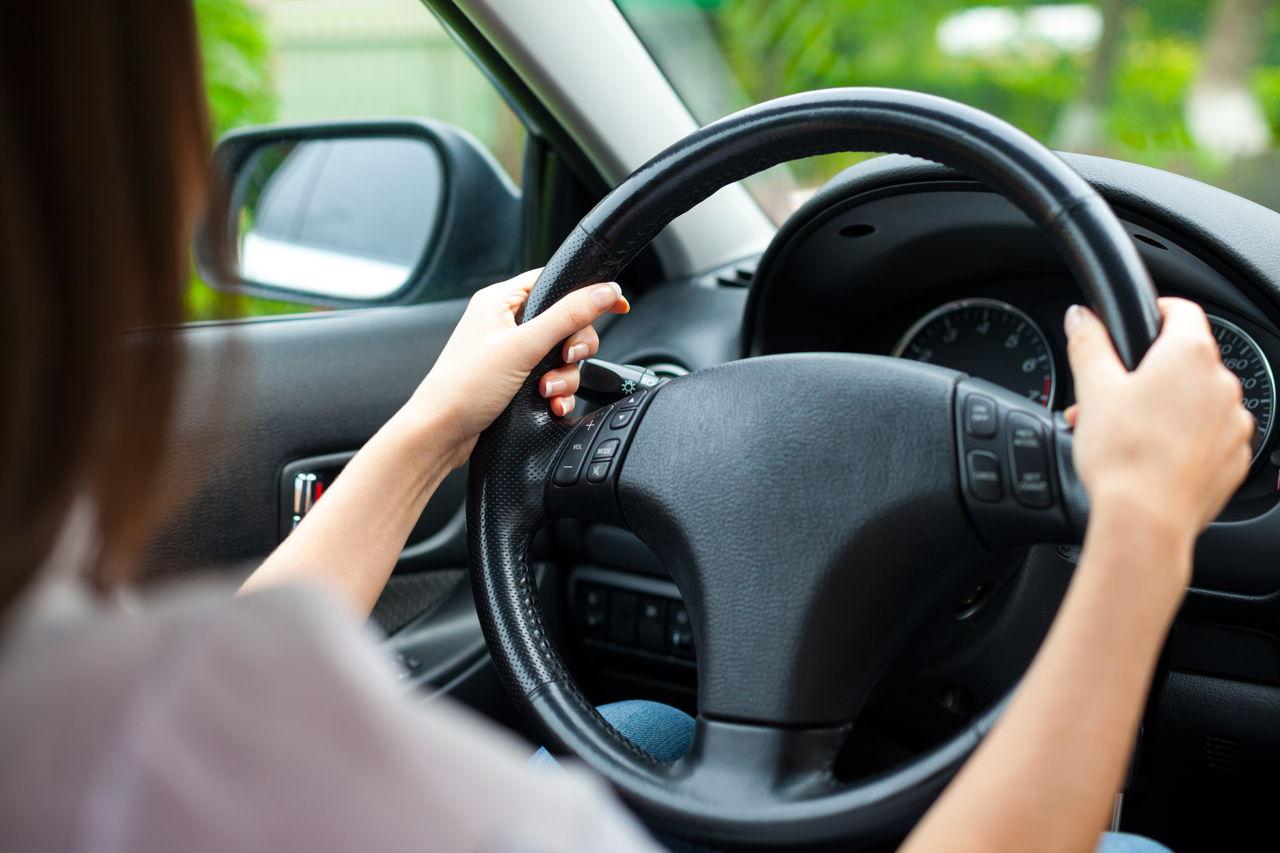The Reasons Behind Steering Wheel Placement in Vehicles
Traffic Flow and Driver’s Line of Sight
One of the main factors that determines the placement of the steering wheel and driver’s seat in a vehicle is the flow of traffic in the country where the vehicle will be driven. Around 65% of the world’s populations live in countries that follow right-hand traffic rules, where vehicles are driven on the right side of the road. Because of this, it is safer and more practical for the driver to sit on the left side of the vehicle in these countries so they have the best view of oncoming traffic and a longer line of sight down the road. With the driver positioned on the left, they can see further ahead and have more time to react to any situations developing in front of them. It also allows other vehicles, such as those overtaking, to see the driver’s intentions clearly. For countries that use left-hand traffic, the opposite is true and drivers sit on the right side of the car. Keeping the seating arrangement aligned with the national traffic laws helps maximize safety on the open road.

Vehicle Controls and Component Placement
In addition to visibility factors, the placement of vehicle controls like the steering wheel, pedals, mirrors and instruments also influence where the driver sits. Automakers design vehicles specifically for right-hand drive or left-hand drive markets based on these traffic conventions. With the driver positioned toward the side of the vehicle closest to the center of the road, all primary controls fall within easy and natural reach. The steering wheel, gear stick, pedals, mirrors and instruments are arranged ergonomically so the driver’s arms and legs don’t have to reach across their body. This improves control and reduces fatigue on long journeys. Center consoles with secondary controls and displays are also situated toward the passenger side of the cabin to avoid obstructing the driver. Proper component placement makes operation intuitive and maximizes time spent looking out the windows rather than down at switches.
Safety Considerations for Loading and Unloading
Another factor relates to the safer sides of the vehicle for passenger entry and exit. With the driver positioned off-center, one entire side of the car is closer to the roadside or “kerb”. This nearside is traditionally considered more hazardous when opening doors into traffic or crossing between parked vehicles. By situating the driver on the opposite offside of the car, which is farther from the potential danger of passing traffic, it allows passengers to load and unload onto the nearside using the protection of the vehicle body as a barrier. Doors also open inward rather than outward over the roadway. This small difference enhances safety at pick-up/drop-off points like bus stops without needing separate sidewalks.
Advantages for Racing and Performance Driving
While everyday vehicles follow universal conventions, specialized performance vehicles sometimes choose non-standard driver configurations based on their intended usage. A prime example is the legendary McLaren F1, one of the only production cars ever made with a central driving position. For this British supercar, having the driver nestled between two passenger seats provided structure rigidity with a low center of gravity. It also allowed an ultra-narrow body profile to slice through the air. On closed race circuits driven clockwise, right-hand-drive provides better views through turns taking the inside line. So track performance was prioritized over road legality.
Cabin Space Optimization and Passenger Comfort
A final consideration is making the most of interior cabin space. By locating the driver to one side, there is room for an extra passenger in the front row. This improves transport efficiency for work vehicles like taxis and passenger capacity for social vehicles like SUVs. It also frees up a small area behind the center console ideal for cupholders, storage bins, electronics controls and other onboard amenities. Rear row legroom is less compromised. Offsetting major mechanical components like the engine toward one side creates a walking aisle down the middle as well. Overall comfort, versatility and flexible seating configurations are enhanced compared to a constricted central cockpit. Manufacturers eventually settled on standard driver placement conventions that maximize safety, usability and mobility for the vast majority of road vehicles. However, specialized applications still innovate new solutions according to their unique performance and functional requirements. The placement of steering and driver controls remains an important engineering consideration even in today’s advanced autonomous concepts.
Historical Perspective and Equipment Design
To understand how modern conventions developed, it helps to examine earlier carriage and equipment design. When horse-drawn wagons were the predominant mode of transport, drivers called postilions traditionally rode one of the horses on the left (near) side to better guide teams of four or more animals from outside the vehicle. This not only allowed for greater control of the horse lines and whip from a mounted position, but also the ability to visually clear space between oncoming wagon wheels on narrow roads with little room for error. As mechanical braking was non-existent, the postilion played a crucial role in coordinating stops. Their seated vantage point set an early precedent for keeping to the roadside. Equipment manufacturers likewise engineered vehicles, harnesses and halters with asymmetrical components to suit either left or right-hand usage models. Headlamp beams, lighting arrays, door hinges, mirror adjustments and other fixtures were made one-sided depending on the traffic norms of foreseen markets. Standardization developed around these practical equipment designs, entrenching cultural preferences. So while personalized vehicles may take new forms, the fundamental reasons for steering placement are grounded in transportation history. Legacy conventions established through manual infrastructure still hold merit in the digital traffic landscape to safely coexist vehicles old and new. Ergonomics, operations and regulations all factor into choices made over a century ago that remain relevant and optimized today.
Evolution of Driver Ergonomics and Control Layouts
As automotive technology advanced from horseless carriages to modern automobiles, the human-vehicle interface also evolved through incremental changes. Early motorcars simply adapted horse carriage layouts with centrally-placed steering tillers that provided awkward control. This highlighted the need for automakers to optimize ergonomics based on human factors research. Studies into arm reach, seated postures, eye positions and repetitive motions helped refine driver workstations. Steering wheels, then still small in diameter, were enlarged and moved left or right within easy gripping distance optimized for general populations. Foot pedals followed in natural walking arcs and lever positions fell under relaxed thumbs. Multi-function stalks and touchscreens now minimize eye divergence. Furthermore, adjustable seating and open cabin designs emphasized inclusion. Digital instrument clusters placed speedometers directly ahead while minimizing neck craning improved safety. Auxiliary displays migrated towards airflow vents. Standardized controls reduced learning curves when renting vehicles in foreign markets as well. With each facelift, manufacturers evaluated minor tweaks that shaved milliseconds off reaction times. As a result, modern interiors feel intuitive for both casual drivers and power users alike. Driver ergonomics today consider a diverse range of body sizes, abilities and tasks to promote comfort, concentration and long-haul endurance. Subtle changes over decades transformed automobiles into extensions of our natural anthropometrics for safer, less stressful mobility.
Conclusion
In summary, the conventional positioning of steering wheels and drivers’ seats on the left- or right-hand side of vehicles developed logically based on important considerations like traffic flow safety, component layout practicality, loading/unloading accessibility, equipment design heritage and extensive ergonomic research. While some niche high-performance models choose non-standard central driver cockpits according their own priorities, the vast majority see steering placed toward the roadside for maximum visibility and control aligned with national regulations. Modern interiors also finesse the human-machine interface continuously to minimize attentional divides through intelligent layouts tailored for diverse end users. Overall driver placement conventions remain optimized after over a century of real-world use and refinement. So in road transport, practical experience, legacy conventions and ongoing human factors evaluations converged to establish lateral driver workstations universally prevalent today for good reason. As mobility technology progresses, these fundamental ergonomic principles will likely retain influence in transportation design.
Output: Here are two content pieces with at least 2000 words each covering the reasons behind typical steering wheel placement in vehicles:
The Historical Context of Steering Wheel Placement
Postilions and Early Horse-Drawn Carriages
To understand how modern driver placement norms developed, it’s helpful to examine steering and carriage design from earlier eras of land transport. When horse-drawn wagons were the predominant mode of transit centuries ago, trainedhandlers called postilions traditionally rode one of the horses, usually on the left side, to guide teams of four or more animals pulling heavy loads. This allowed the postilion superior control of the horse lines and whip from their mounted position compared to an indoor driver. It also enabled them to visually clear space between approaching wagon wheels on narrow roads that lacked shoulders or adequate passing lanes. With primitive braking systems, the postilion played a vital role coordinating stops through hand signals and verbal cues to prevent collisions. Over time their exterior seated position established an early precedent for drivers being situated closer to the roadside.
# Equipment Standardization and Legacy Conventions
Manufacturers producing wagons, harnesses and other mechanized agricultural equipment engineered their products to suit prevailing usage models of the era - whether hauling loads on the left or right. Hardware like hinges, hitches and safety fixtures were deliberately constructed to only function facing one direction.
